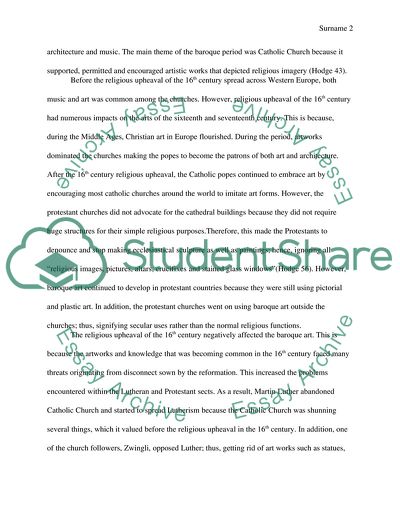Cite this document
(“Church and Baroque Art Essay Example | Topics and Well Written Essays - 1250 words”, n.d.)
Retrieved from https://studentshare.org/visual-arts-film-studies/1601436-church-and-baroque-art
Retrieved from https://studentshare.org/visual-arts-film-studies/1601436-church-and-baroque-art
(Church and Baroque Art Essay Example | Topics and Well Written Essays - 1250 Words)
https://studentshare.org/visual-arts-film-studies/1601436-church-and-baroque-art.
https://studentshare.org/visual-arts-film-studies/1601436-church-and-baroque-art.
“Church and Baroque Art Essay Example | Topics and Well Written Essays - 1250 Words”, n.d. https://studentshare.org/visual-arts-film-studies/1601436-church-and-baroque-art.


